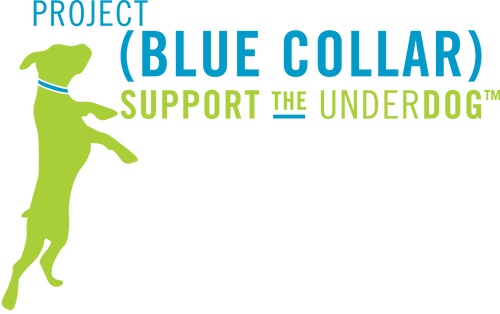The sad reality of municipal animal control shelters is that they are required to euthanize in order to make room for new intake. As a result of this ongoing crisis, rescue groups have formed as grassroots organizations across the country. These are private non-profit groups, independently run with volunteers from two people to several hundred. There are tens of thousands of rescue groups in North America alone.
Rescue groups go into municipal animal shelters, temperament test the dogs and then “pull” the most urgent. Once they are in rescue they are out of danger of being killed. Despite the circumstances that led them to a shelter, these animals are highly adoptable.
Rescue groups need to pull from municipal shelters because the adoption traffic is not there to create space for the continual influx of animals they receive. Shelters can be difficult places to visit for the general public. Hours of operation and locations can be inconvenient, the sounds of multiple barking dogs can be scary, and the awareness of so many homeless animals can be heartbreaking. It also doesn’t help that national animal cause organizations leave us with the impression that all shelter animals have suffered severe neglect and are very ill. While there are some exceptions, most are generally healthy and highly adoptable. Rescue groups provide a vital bridge to a bright future for these animals, and as long as their temperaments are good or they can be rehabilitated in some way, rescues will save them and cover their medical needs.
Foster based rescue groups depend on a network of volunteers to care for these animals in their homes after being vetted. The rescue group takes care of all medical expenses including spay/neuter and occasionally the food expense. The foster family is responsible for feeding, caring and loving the animal until adoption. If any medical treatment is required the rescue group handles the vetting but the foster family will be responsible for administering any meds.
Foster based rescue groups have aligned and partnered with local establishments (like pet supply stores and community partners) to hold adoption events every weekend. As a foster parent, you are responsible for ensuring your animal is in attendance at the adoption events. The biggest reward of the outreach is to see how the same animal that was overlooked in the municipal shelter readily gets noticed when brought into an environment where people are actively looking for a companion pet or just shopping for one at home. These adoption events take the animals to the people. Once they are seen, they get adopted!
How You Can Get Involved:
- Find a local, convenient pet retailer that promotes rescue and holds adoption events and ask them which rescues they support. This way when you are required to transport your foster to an adoption event it will be a convenient location for you. Or, just ask around and look on Facebook for rescues that are active in your area. Please remember that although all rescues need more fosters they are all run by volunteers with very limited resources. You may not get a response immediately – don’t take it personally. Give them time but keep at them. They are busy.
- Contact that rescue and begin building a relationship
- Most rescue groups will require that you complete a Foster Application Form
- Understand your lifestyle and be clear with the rescue as to what will work for you
- Do you have children or other animals in the house
- Do you have a fenced in yard
- Do you have a safe area in the house you can keep your foster
- Will you need a crate
- Are you away from home for long periods of time
- Would you prefer an older, already housebroken pet
- Would you be willing to take puppies
- Could you take a nursing mother with puppies – this is suprisingly easy as mom does all the work
Get involved! You’ll be so glad you did.

Comments (0)
Back to Blog